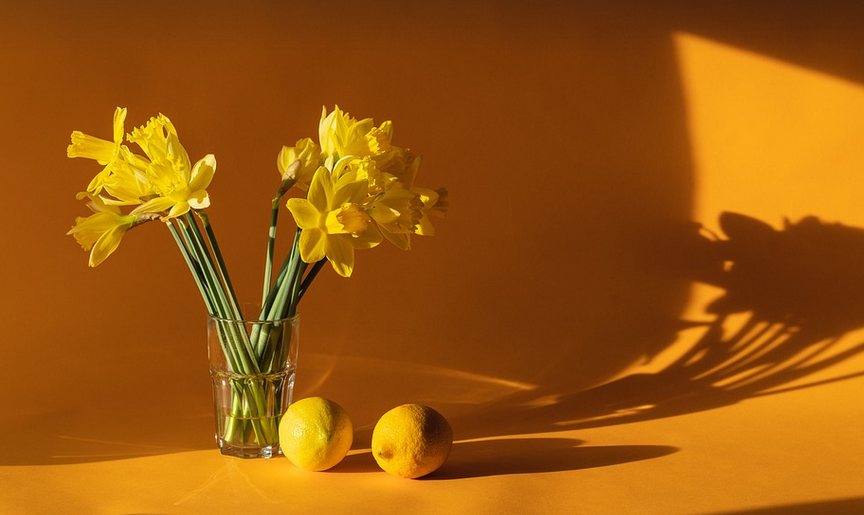
Navigating the Bottle-Sized World of Baby Feeding
As parents, we strive for a smooth and balanced life for our little ones. Feeding, especially in the initial months of baby’s life, is a huge part of that journey. But with all the choices out there for bottles – different sizes, materials, brands – you might feel overwhelmed by the sheer number of bottle options and their associated quantities.
The “how many” question often pops up in every parent’s mind as they navigate the world of bottle feeding. It’s a tricky issue because it boils down to personal needs, budget, and your baby’s individual demands – but here’s a simple guide to help you get on the right track!
**Firstly, Understanding Your Baby’s Needs:**
Every baby is different. Some babies need more frequent feedings than others. Newborns typically feed every 2-3 hours and may take 1-2 ounces of milk per feeding. As they grow older, they might start to eat a bit more with each session. It’s all based on their individual needs.
**The Essential Bottle: Quantity For Every Stage:**
Let’s look at the common stages of bottle-feeding and a general guideline for the number of bottles you might need:
Newborn (0-3 months):
Expect to use between 8-12 bottles per week. This is because new babies require more frequent feedings, and their tummies have limited capacity.
Infant (4-6 months):
You may need around 5-7 bottles per day! As they start exploring solid foods alongside breast milk or formula, the frequency of bottle feedings naturally decreases.
Toddler (6 months – 12 months):
For toddlers starting solids, you might need around 4-6 bottles per day. The amount may change based on your toddler’s appetite and how many servings of solid food they consume.
**Storage & Sustainability:**
Keeping a supply of clean bottles is essential, especially if you’re breastfeeding or using formula. As babies grow, their feeding needs change as well. It’s best to have an adequate number of bottles ready for the different stages. Having extra bottles on hand can provide comfort and confidence.
**Bottle-Friendly Tips:**
Here are some helpful tips for choosing the right bottles:
1. **Material Matters:** Start with glass or BPA-free silicone bottles as these materials tend to be more durable and less likely to leach chemicals into your baby’s milk.
2. **Size is King:** Consider getting a variety of bottle sizes if you plan on using them for longer periods, so there’s always an option readily available for feeding time.
3. **Nipple Choice:** Experiment with different nipple flow rates (slow vs fast) to find what works best for your baby and their feeding style.
**Remember: This is a general guideline, and you’ll need to adjust based on your baby’s individual needs. As they grow, you may have more bottles to accommodate their changing tastes and dietary requirements.
**Beyond Quantity: Focusing on Quality:**
While quantity matters, it’s also crucial to focus on the quality of the bottles and the feeding experience. By using high-quality, safe bottles with comfortable nipples, you can ensure a smooth transition into bottle-feeding for your baby.
**Choosing Bottles: A Matter of Comfort:**
Don’t be afraid to explore different bottle brands and styles! It’s all about experimenting to find what works best for your little one.
Ultimately, finding the right number of bottles is a process of trial and error as you get to know your baby’s individual needs. And remember that asking questions or consulting with your pediatrician is always a good idea – they’re there to help guide you through this exciting journey of parenthood.


